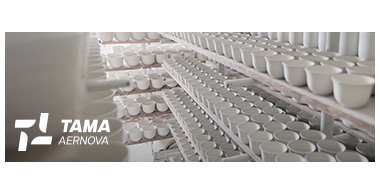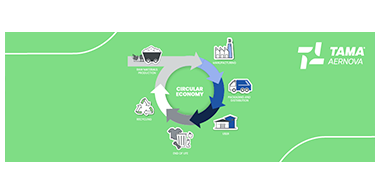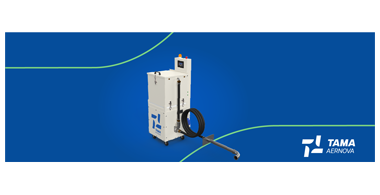
ESP technology applied to biomass field
Marco Grassi, Vice Presidente TAMA AERNOVA SPA
TAMAAERNOVA’s commitment on fine dust filtration generated by the combustion of biomass proceeds with important investments and significant results are achieved.
Two filter models have been selected:
- ESP08, suited for installation with boiler up to 1 MW, thanks to its compactness and optimized dimensions

- ESP24, that can be combined with boilers up to 5 MW.

THE PROJECT
The design efforts were aimed at:
- Achieve high filtration performance
- Modular and versatile configuration:
a. dust collection drawer
b. hopper + bin
c. hopper + screw conveyor - Flexible work thanks to electronic systems and software in high voltage control
- Remote management and control of the filter
From the latest analysis carried out on the OUTDOOR HT ESP 24 model, during the final tests of the European project, as part of Horizon 2020, particulate emission values below 4 mg / Nm3 were recorded in all samples taken.
HIGH SEPARATION PERFORMANCES AND CONSTANT OVER TIME
To achieve this goal, "INTELLIGENT" electronics have been designed capable of detecting the thermal conditions of the flow. The resulting electrical values are recorded in order to continuously monitor the voltage with the aim to always guarantee its work in the best conditions.
Particular attention was paid to the choice of materials and to the geometric construction of the outlet, the real heart of electrostatic filtration, with the aim of investing the entire flow with a uniform electrostatic field.
CONTROL MANAGEMENT
Today it is no longer possible to conceive an equipment that is not integrated into a large and complete management system.
All HT ESP Collectors are equipped with a MOD BUS card for data transmission and adjustment of the physical quantities involved.
The filtering units are also equipped with a PLC that controls the operation parameters and check the status through an intuitive touch screen installed on the main filter panel or directly via smartphone or PC through a specific application (it will be sufficient to provide a data connection to the PLC).
The remote connection provides the control of:
- Filter inputs
- Alarm history
- Regulation of the voltage
- Possibility of interrupting the filtration in case of need
Each access control requires a specific password.



Commenti